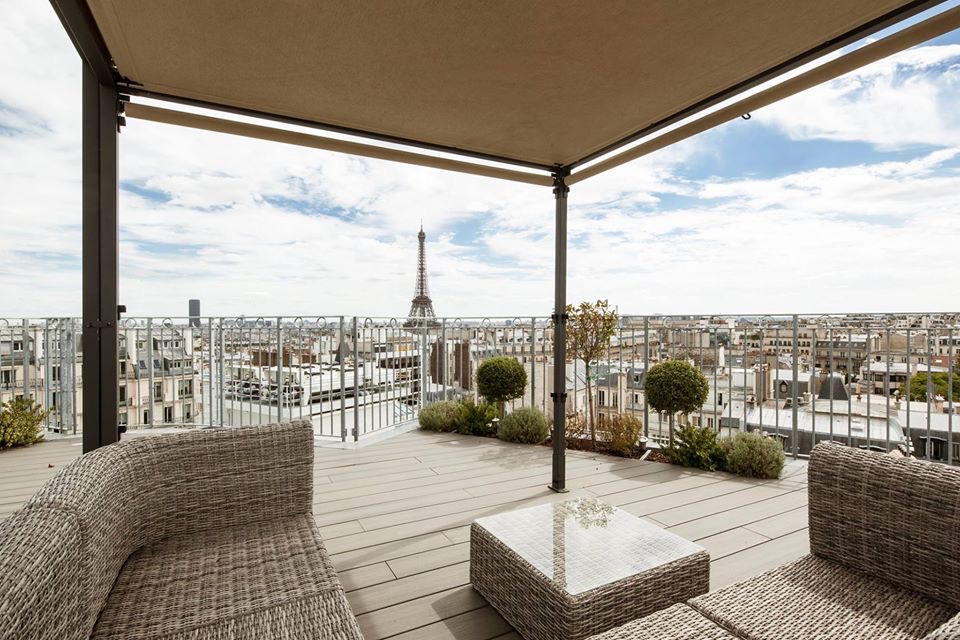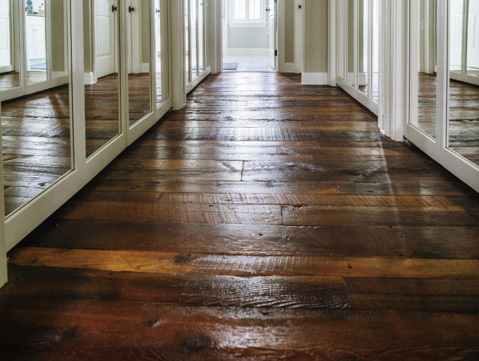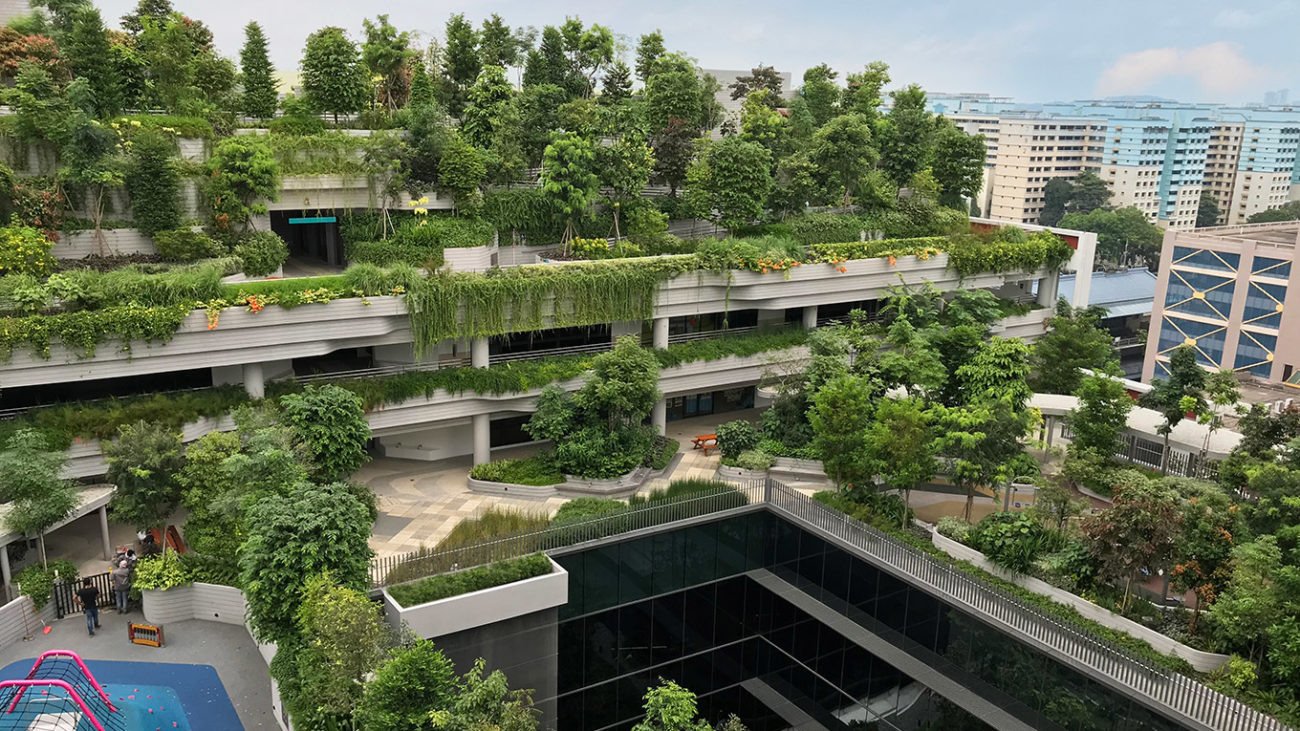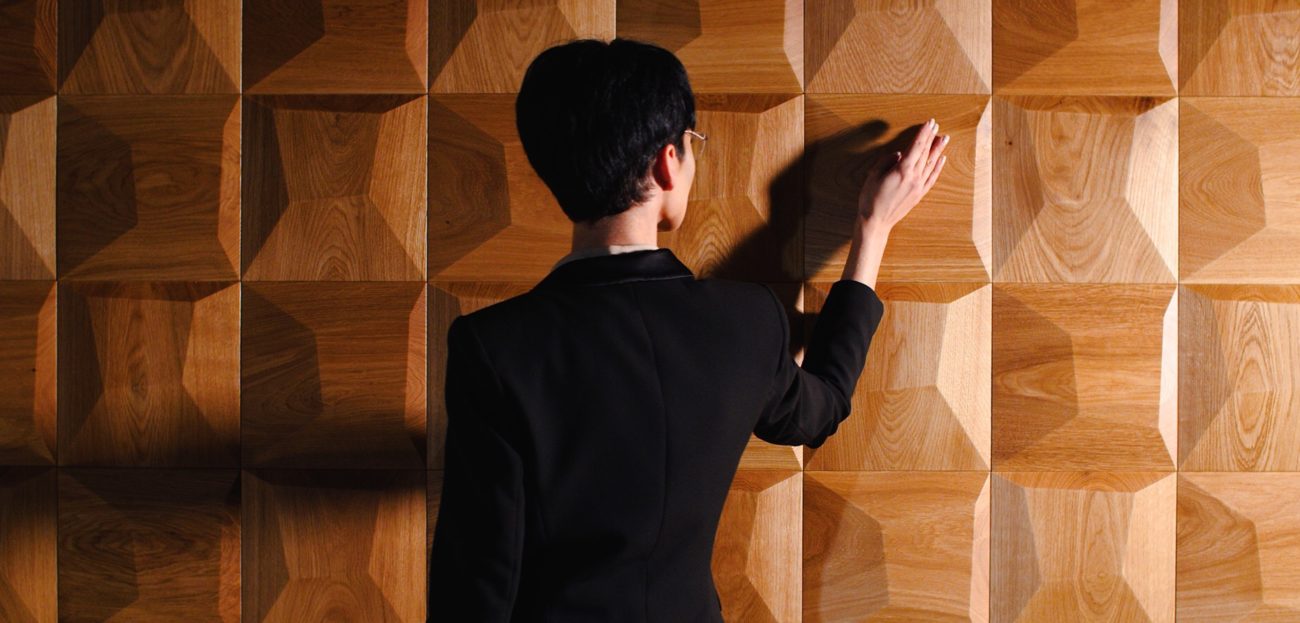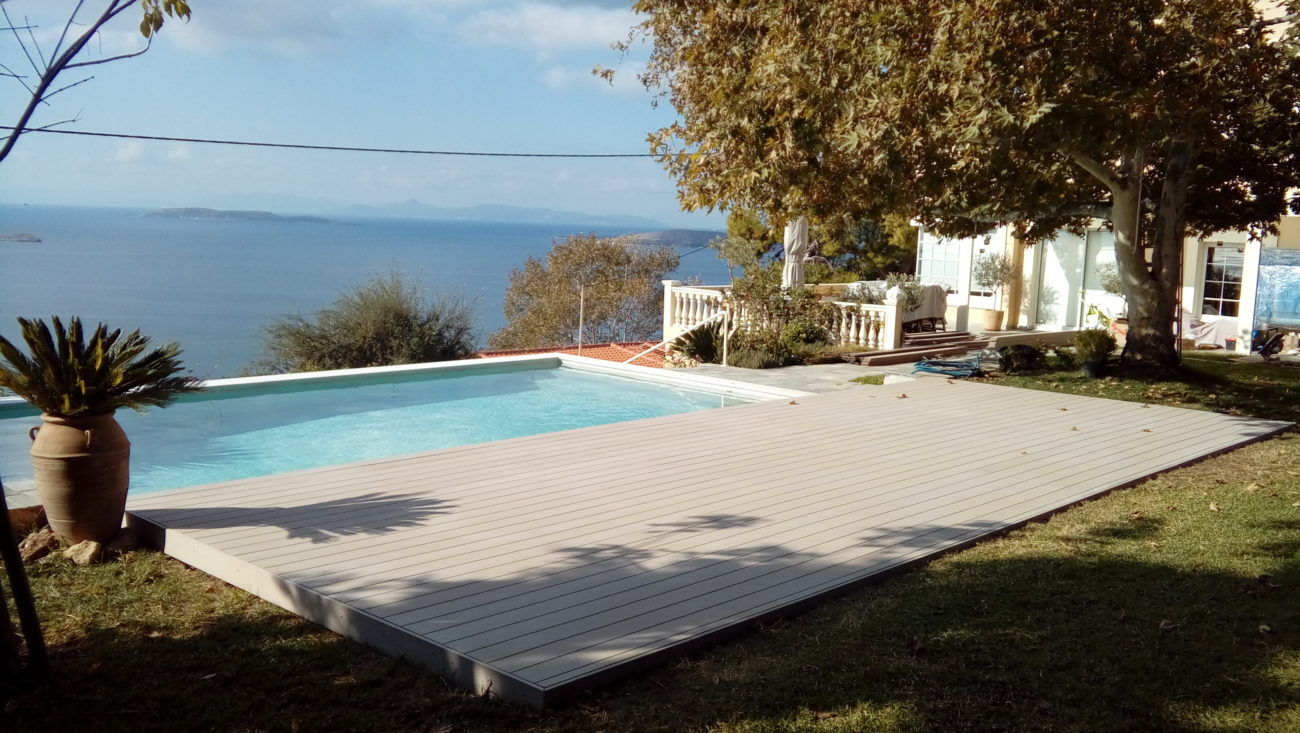Sustainable and Healthy Design: The Benefits of Biophilic Architecture
Biophilic design is an approach to designing buildings and spaces that incorporates elements of nature into the built environment in order to improve the health and well-being of the people who use those spaces. It is based on the idea that people have a fundamental need to connect with nature, and that this connection can have positive impacts on their physical and mental health.
The concept of biophilic design has been around for decades, and many different people have contributed to its development. One of the earliest proponents of biophilic design was the American architect and author Stephen R. Kellert, who wrote extensively about the topic in the 1980s and 1990s. Kellert argued that people have an innate need to connect with nature, and that this connection can be fostered through design. Other important figures in the development of biophilic design include Edward O. Wilson, a biologist who wrote about the importance of human connections with nature, and Bill McDonough and Michael Braungart, authors of the book “Cradle to Cradle: Remaking the Way We Make Things.”
In recent years, biophilic design has gained widespread attention as more people have become interested in the relationship between the built environment and human health. Many architects, designers, and researchers are now working to incorporate elements of nature into buildings and urban spaces in order to create healthier and more sustainable environments.

Biophilic design can take many forms, and there are many different ways that elements of nature can be incorporated into the built environment. Some common examples include:
- Bringing plants, trees, and other vegetation into buildings and spaces
- Using natural materials, such as wood and stone, in construction and design
- Incorporating water features, such as fountains or water walls, into buildings
- Designing buildings and spaces with natural light and views of the outdoors
- Creating outdoor spaces, such as green roofs, terraces, and gardens, that are accessible to building occupants
- Using design elements, such as patterns and shapes, that are inspired by nature
Incorporating these elements into the built environment can have a number of benefits for people who use these spaces. Studies have shown that exposure to nature can reduce stress, improve mental health, and increase productivity and creativity. Biophilic design can also contribute to the sustainability of buildings and urban spaces, by reducing energy use and promoting the use of natural materials.









